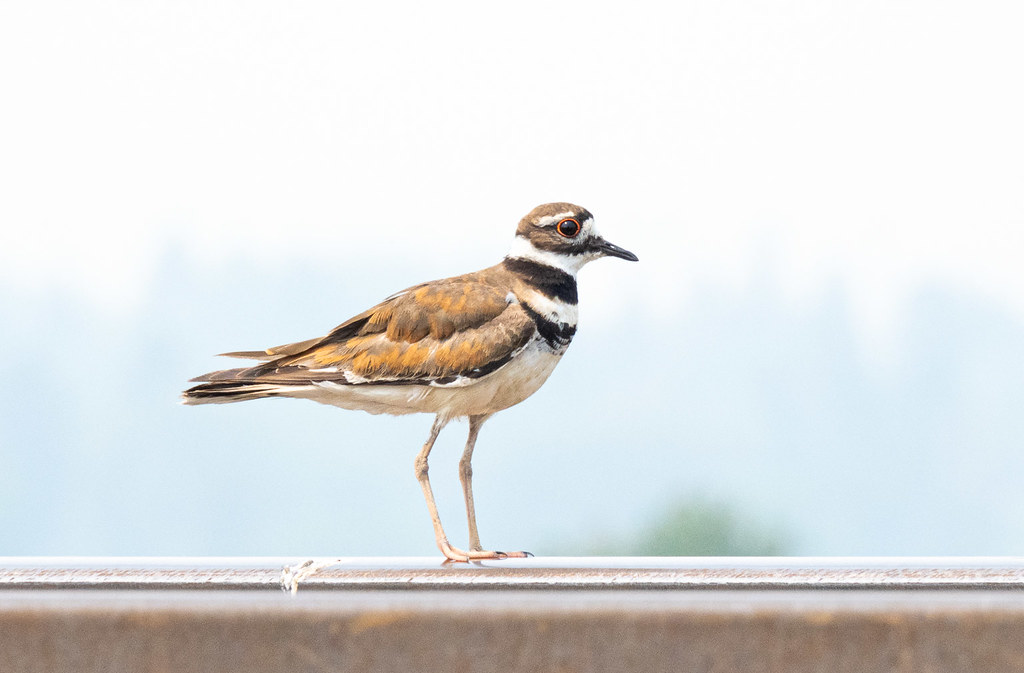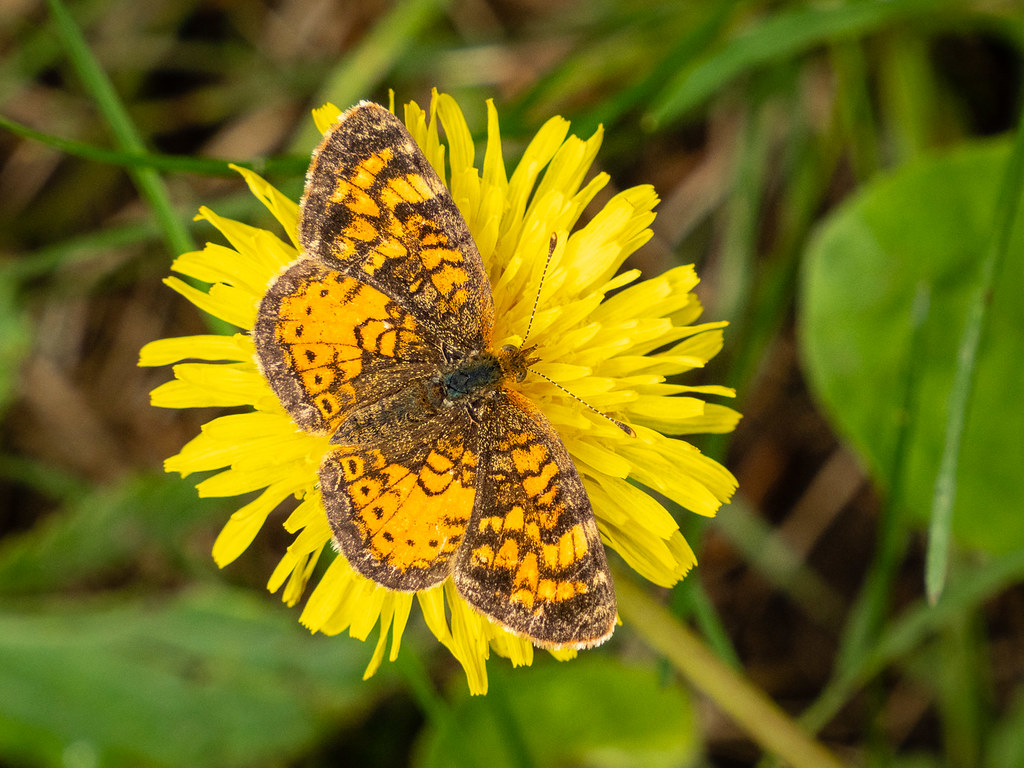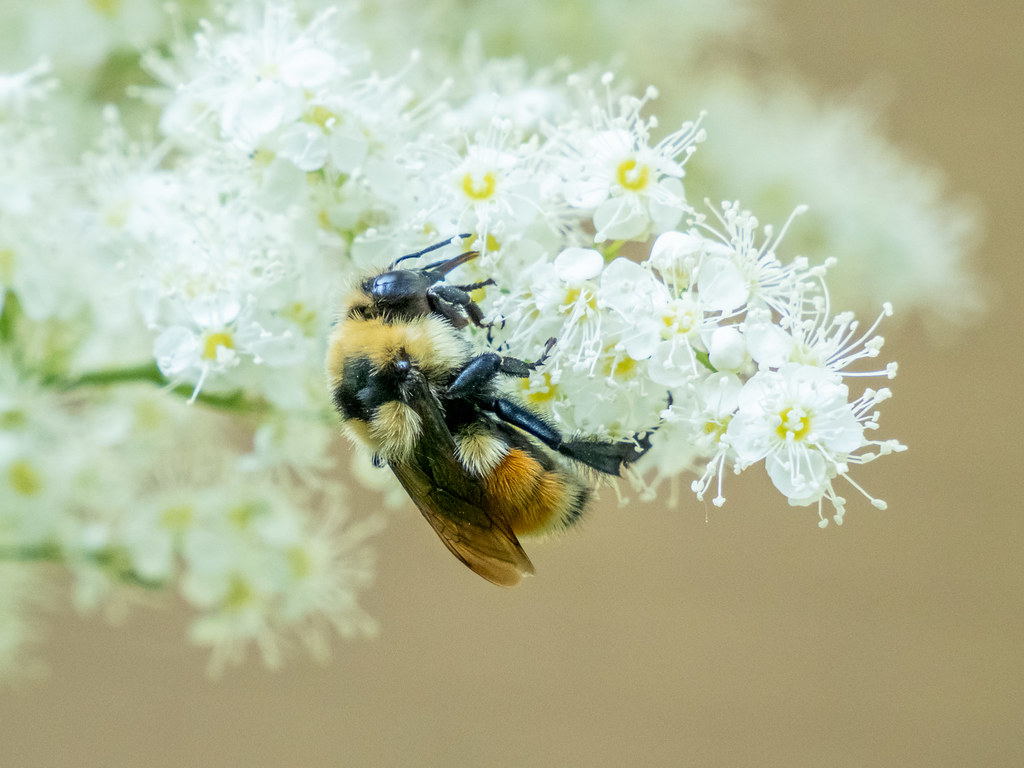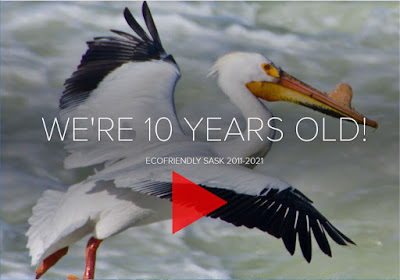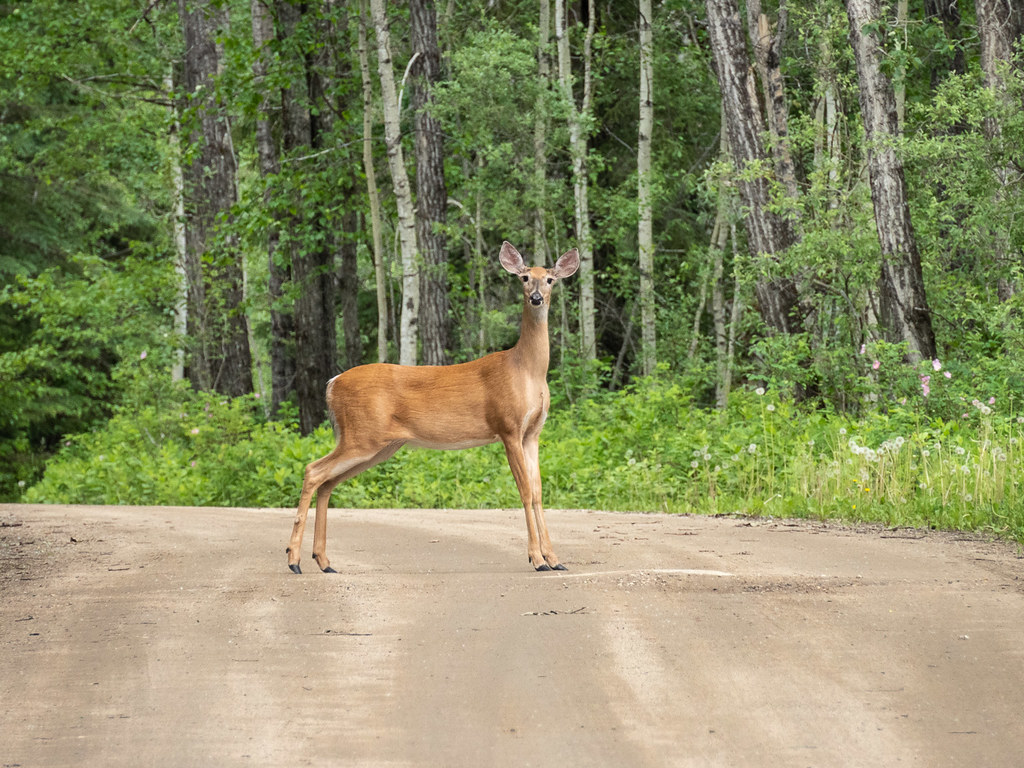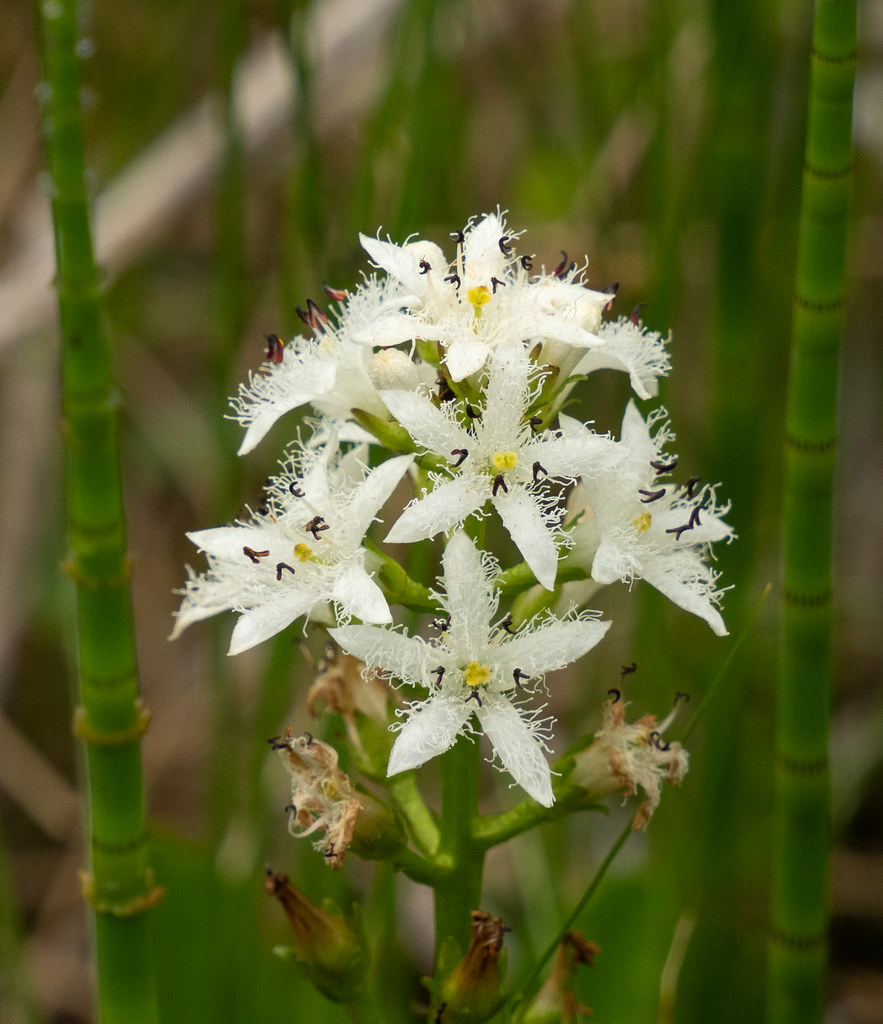1. How and when did you form your group? The non-profit
Friends of the Saskatoon Afforestation Areas Inc. was created to preserve and restore the 326-acre Richard St. Barbe Baker Afforestation Area and the George Genereux Urban Regional Park in compliance with the City Council decision that these areas “be preserved in perpetuity.” Situated on the western edge of the city, the Richard St. Barbe Baker Afforestation Area and George Genereux Urban Regional Park are unique natural semi-wilderness habitats of great biodiversity. They are areas of all-season mixed woodland beauty with special geological, geographical, and historical elements, including Paleo-Indian and First Nations heritage.
These man-made forests on the prairies are the only remaining portions of a 1970s City Plan to create a greenbelt around Saskatoon and were planted in response to the Green Survival program promoted in the US and Canada at that time. The afforestation area’s 50th birthday will be celebrated in 2022. We often remember City Manager Murray Totland’s words, “What would Saskatoon look like if it grew to half a million people?” and then we need to consider, “What do we want it to look like?” Greenspaces are not only nature-based solutions for climate action, but they promote health and wellness and support biodiversity and ecosystems.
The Friends became an official environmental charity in October 2019 and received provincial non-profit incorporation in August 2019. Before that the Stewards and Stakeholders of the Richard St. Barbe Baker Afforestation Area volunteers were a loosely knit group of people meeting regularly to conduct afforestation area clean-ups and speak before City of Saskatoon council and committee meetings.
2. What are your principal activities and why do you believe they’re important?
We believe this project can be part of an effective long-term strategy to focus our vision of living together on the land in the spirit of Witaskêwin. In a significant way this project allows the past to meet the present and future. The rich geological, historical, natural, and cultural heritage of the areas honours where we have been. Science, conservation, and hands-on learning about the land, the environment, and sustainability ensure our future. “In the end, we will conserve only what we love. We will love only what we understand. We will understand only what we are taught.” (Baba Dioum)
Richard St. Barbe Baker said it best when he adopted the African Kikyuyu word Twahmwe meaning “all as one” or “pull together” as the slogan for the International Tree Foundation when he initiated the Watu wa Miti Forest Guardians who had three missions:
1. Plant ten trees, seedlings, or seeds each year.
2. Do a good deed every day.
3. Care for trees everywhere.
3. What were your successes (big or small) in 2020? We worked with University of Saskatchewan classes, engaged in virtual tours, education and awareness campaigns, and supported the “Take it Outside” City of Saskatoon program during COVID, promoting the use of about 475 acres of greenwoods for social distancing with seating and bird stations in the forest.
We were very grateful to Paul Hanley and Robert White, who personally knew Richard St. Barbe Baker, for increasing public awareness of the great humanitarian efforts achieved worldwide by Baker.
We appreciate the volunteers who come out to document flora and fauna on the iNaturalist app (individually or during bio-blitzes) to assist the City of Saskatoon and the Meewasin Valley Authority develop their ecological assessment, which will lead to the Master Plan for the afforestation areas in conjunction with the Blairmore Sector development plan.
On June 5, 2021, World Environment Day, an amazing team of volunteers removed 9,860 kg of trash from George Genereux Park. In the spring, we removed a make-shift log structure which had started to fall down and could have harmed both people and the nearby ecosystem.
In the past few years, the Friends have organized community volunteer clean-ups removing over 21,790 kg of trash from George Genereux Urban Regional Park and over 38,300 kg of illegally dumped materials from the two afforestation areas. This has made the areas safe for public enjoyment and a variety of recreational and educational user activities.
4. What would you like to achieve in 2021?
The afforestation areas have received $100,000 of federal funding to build barriers to stop motorized vehicles from entering and dumping garbage. We will also be installing identification signage, conducting ecological surveys and bio-blitzes to identify significant species and landscape features, and holding garbage clean-ups and educational programming.
With this Government of Canada funding, it is hoped that environmental protection programming can take place in healthy green spaces. Classes can take part in bio-blitzes; families can engage in nature walks; wedding parties can come out for photographic sessions; and folks can come out and gaze at the meteor showers.
We look forward to working with our partner,
SOS Trees, on climate action activities the Friends will be undertaking.
5. If you could have 3 wishes for improving your community, what would they be?
1. To welcome to both afforestation areas those users who appreciate the value of these hidden treasures – man-made mixed woodland oases on the prairies. Benefits are community development, user health and wellness, alongside fabulous all-season nature sightseeing at both the Richard St. Barbe Baker Afforestation Area and the 148-acre George Genereux Urban Regional Park.
Everyone is welcome to join the Friends of the Saskatoon Afforestation Areas and recognize the true treasure and value of the afforestation areas, which have great potential. (
https://stbarbebaker.wordpress.com,
friendsofafforestation@gmail.com, 306.380.5368)
2. That people recognize the importance and value of EcoFriendly Sask and their invaluable service to green groups and the environment of Saskatoon and area. Thank you for your funding support and for all that you do, because EcoFriendly Sask is a mentor and provides role models for improving the community in Saskatoon.
3. “It is fitting that the afforestation area named after Richard St Barbe Baker, arguably the first global conservationist, be protected and become a site where the public can see the rich biodiversity resulting from planting trees in what was a summer fallow field in 1972.” (Robert White, Masters in Science in Ecology, Friends of the Saskatoon Afforestation Areas Inc.)
Photo Credits: #1 Vivian Allan, #2 Shwetha Gopinath, #3 Julia Adamson
EcoFriendly Sask supports Saskatchewan environmental initiatives through an online publication, an events calendar, small grants, and the Nature Companion website/app.
You can follow EcoFriendly Sask by liking us on Facebook, following us on Twitter, or subscribing by email (top right corner).
